I got a Dolby Atmos soundtrack mixing demo at Sony Pictures Studios, and now I know how Spider-Man sounds get made
Webs from whips
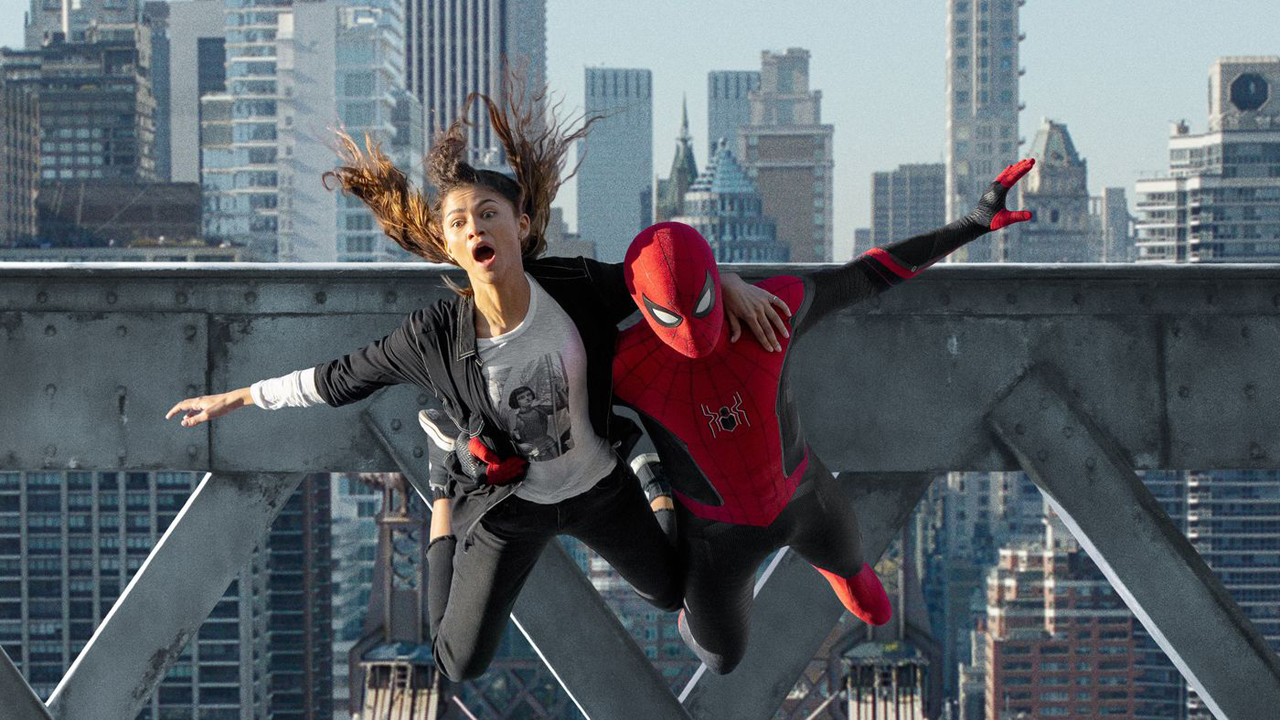
Movie sound production is a complex and painstaking process, requiring multiple teams of individuals with special skills to create and mix the dialogue, music, and sound effects that comprise a typical Dolby Atmos movie soundtrack.
How do I know this? I spent two days touring the Sony Pictures Studios lot in Culver City, California where Sony produces the soundtracks for its films. The reason I was at the studio was to see the new Sony TV lineup for 2024, along with the new Sony Dolby Atmos soundbars, but Sony also provided me and other tech writers with a behind-the-scenes look at the studio’s production processes.
During the visit, we were treated to demonstrations of Foley effects, ADR (Automated Dialogue Replacement) and soundtrack mixing. These, along with musical score composition, are the building blocks of soundtrack creation, and when executed well, add up to the detailed and dramatic soundscapes that can be fully appreciated when watching movies on the best Dolby Atmos soundbars and speakers.
A key takeaway from my visit was that movie soundtracks contain only fragments of “live” sound captured during the actual shooting process. Most of the soundtrack is created completely from scratch in the studio, with dialogue, footsteps, rustling leaves and wind, motor sounds, and explosions added after the fact. Another takeaway was that a typical soundtrack is comprised of a surprisingly wide array of audio elements, all of which ultimately get mixed into a seamless whole. I’ll step through the various processes I caught demonstrations of below.
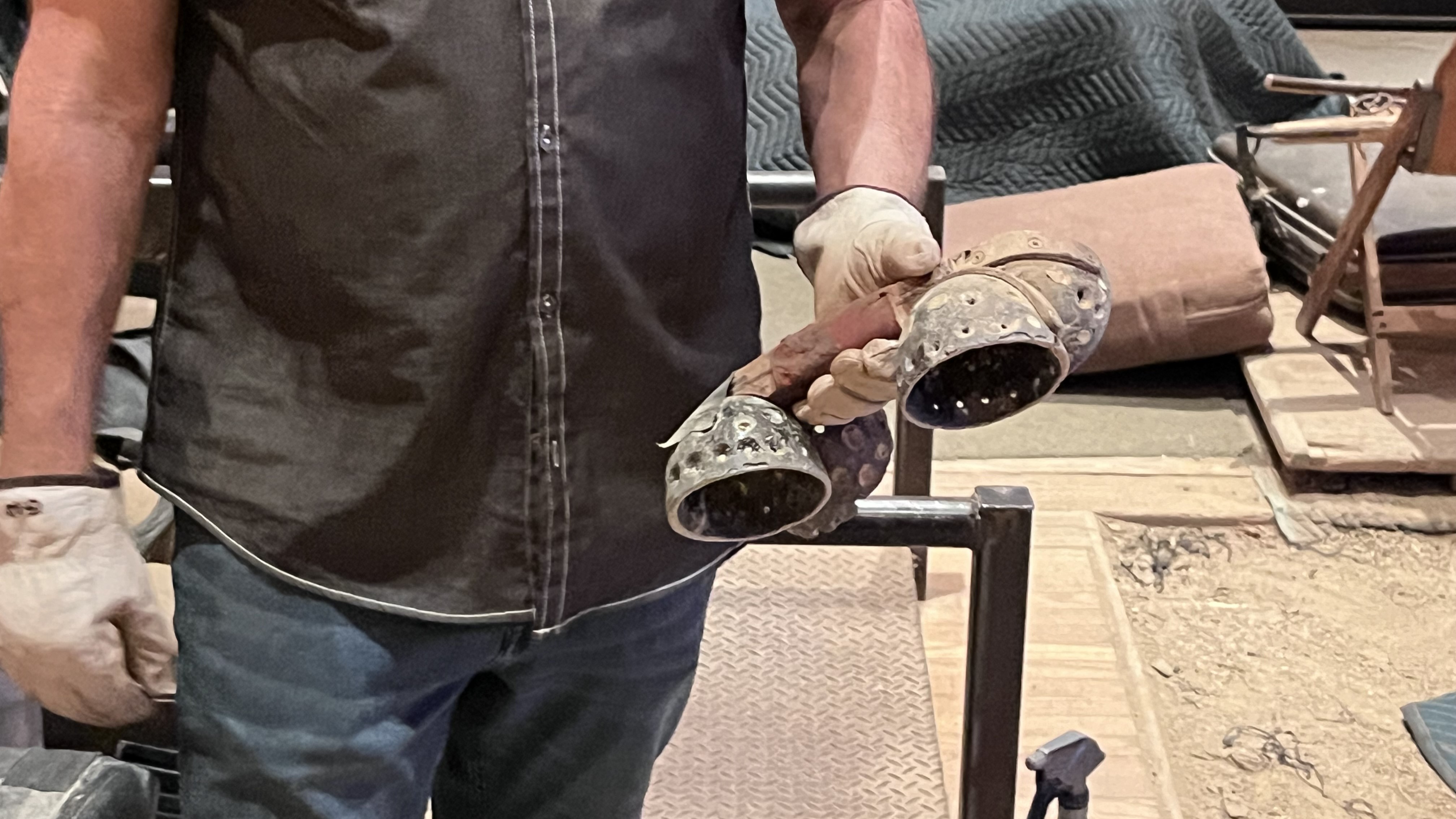
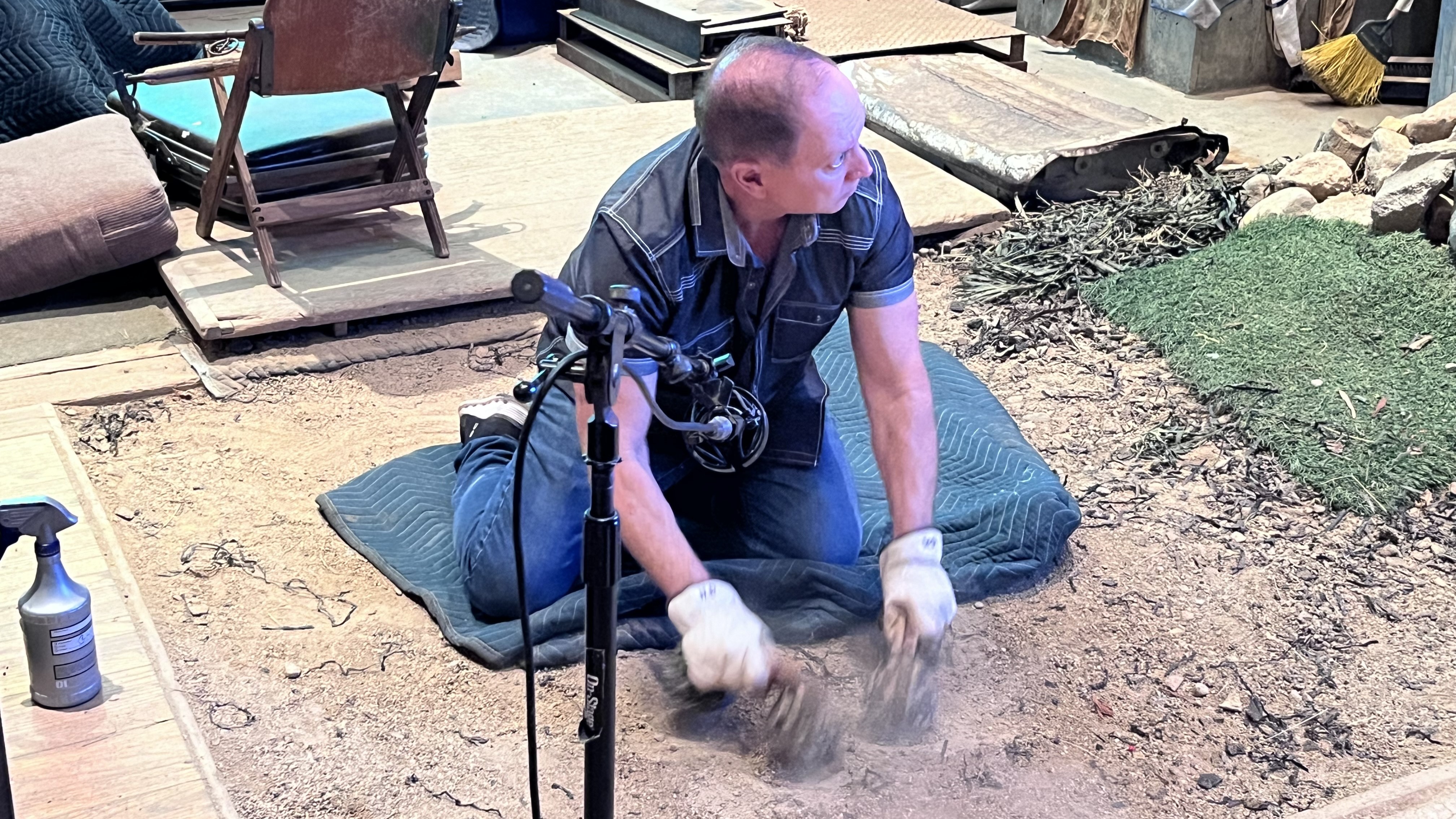
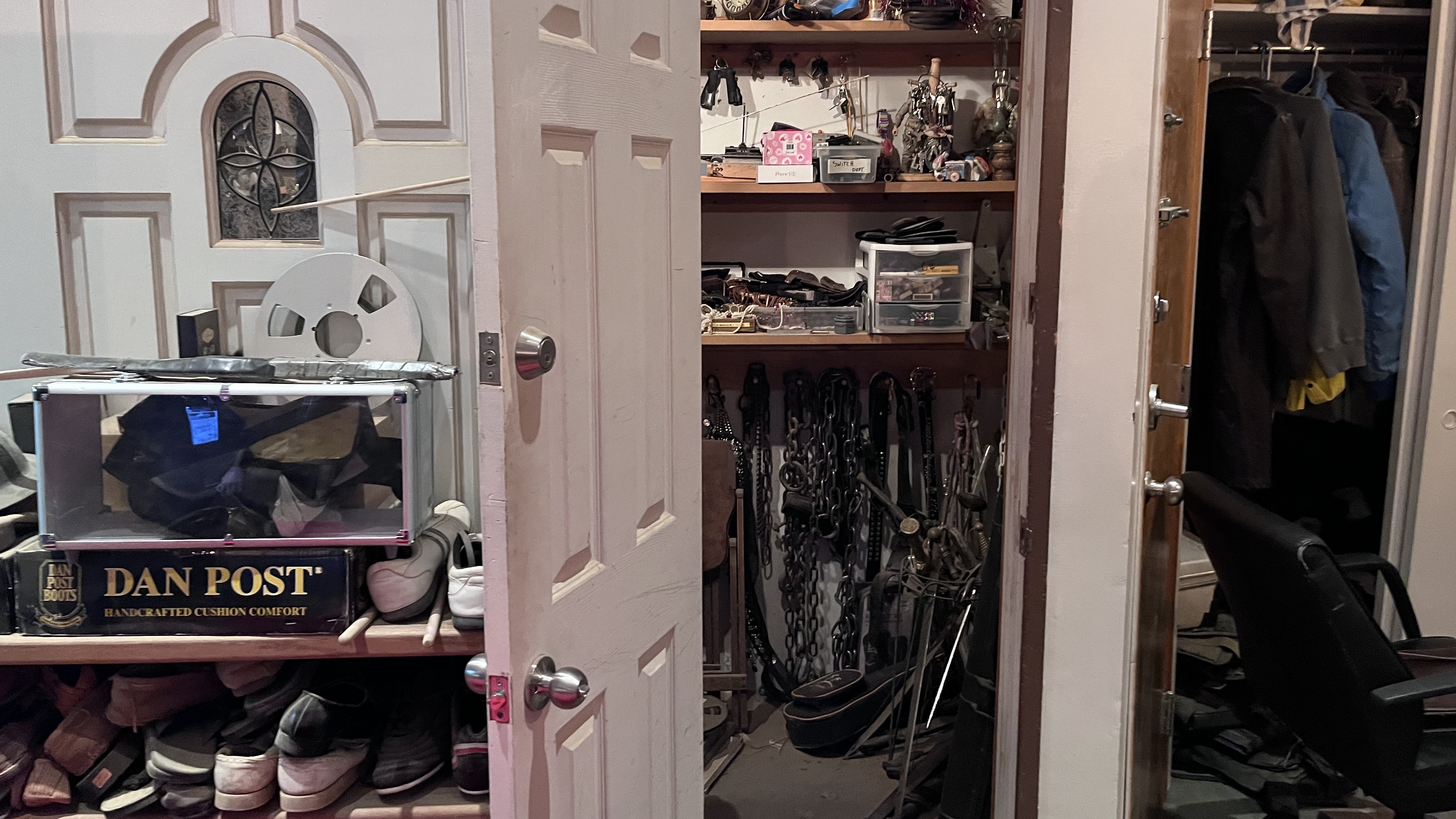
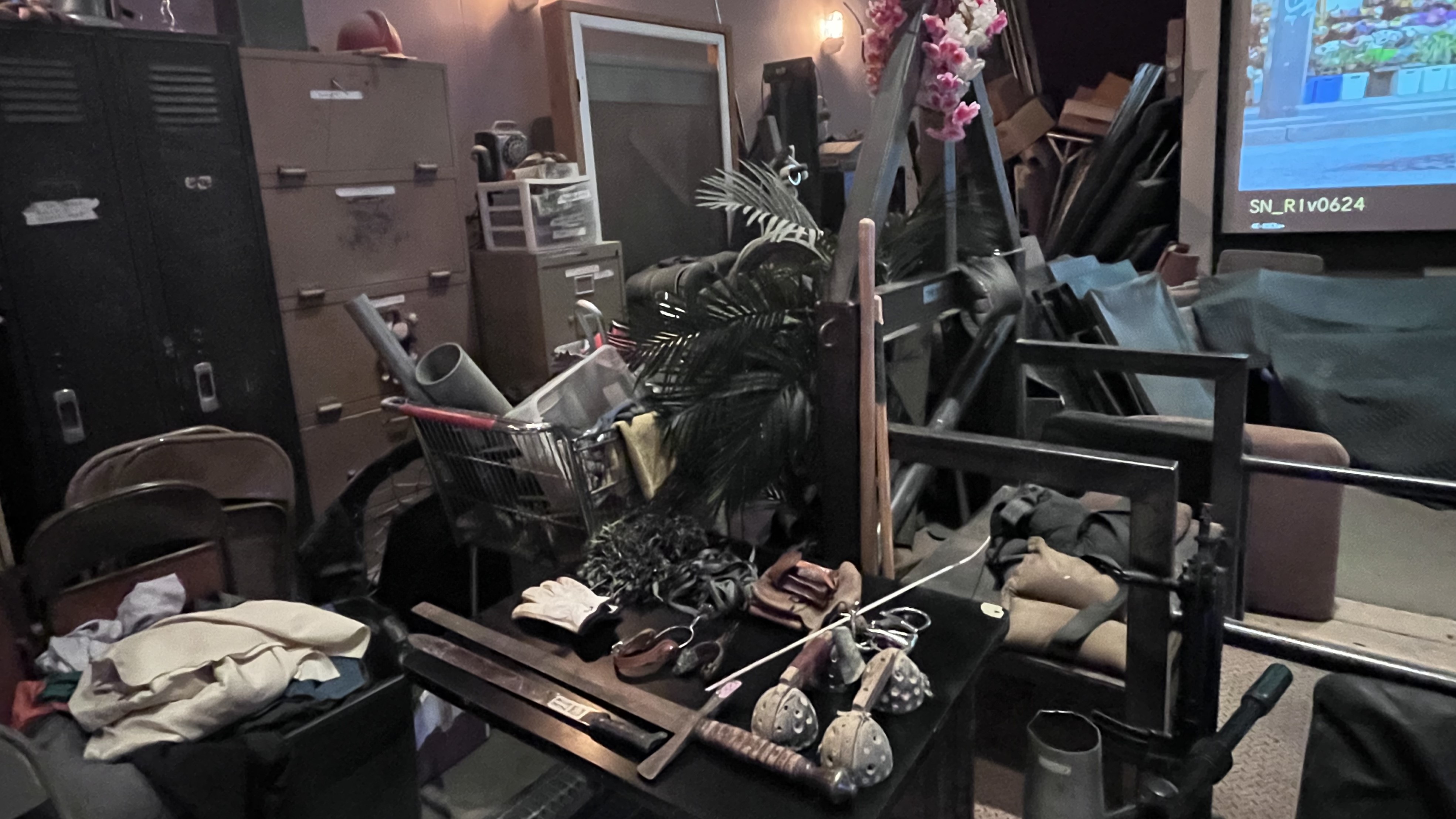
Foley effects
Before my Sony Pictures Studio tour, I thought many of the sounds you hear in modern movies were sourced from a library of digital audio samples. And while there is some of that going on, the vast majority of sounds are created by a Foley artist.
These sound magicians summon up an array of audio effects using plain, everyday objects in highly creative ways and maintain a vast library of said objects to aid them in that task. During the demo, Sony Studios Foley artist Gary Hecker performed the various sounds that went into a Western movie scene of a band of horses being driven through a forest. Hoofbeat sounds were created using what looked like an antique tool pounded on a dirt-covered surface, while other objects were used to generate rustling leaves and jostling spurs. Hecker created the whinnying sounds the horses made when halted with his own voice, and the effect was strikingly naturalistic.
After watching the scene’s various effects created one by one, they were edited together with sound processing added to make them louder and more dynamic, and the result was an authentic-sounding movie action scene. In another demo, the sound of Spider-Man shooting webs to leap from building to building was quickly created using a whip, and, after a bit of processing, the effect was convincingly Spider-Man-like.
Get daily insight, inspiration and deals in your inbox
Sign up for breaking news, reviews, opinion, top tech deals, and more.
ADR
When an actor signs on to make a movie, part of the work involves the actual shooting of scenes, but another equally important part is overdubbing dialogue later in a process called ADR. As with other soundtrack elements, a scene’s dialogue is almost completely re-constructed in a studio to ensure it sounds clear and easy to understand. While no actors were on hand for Sony’s ADR demo, we got to see a studio where ADR is edited and hear examples of dialogue recorded post-shoot being inserted into a scene.

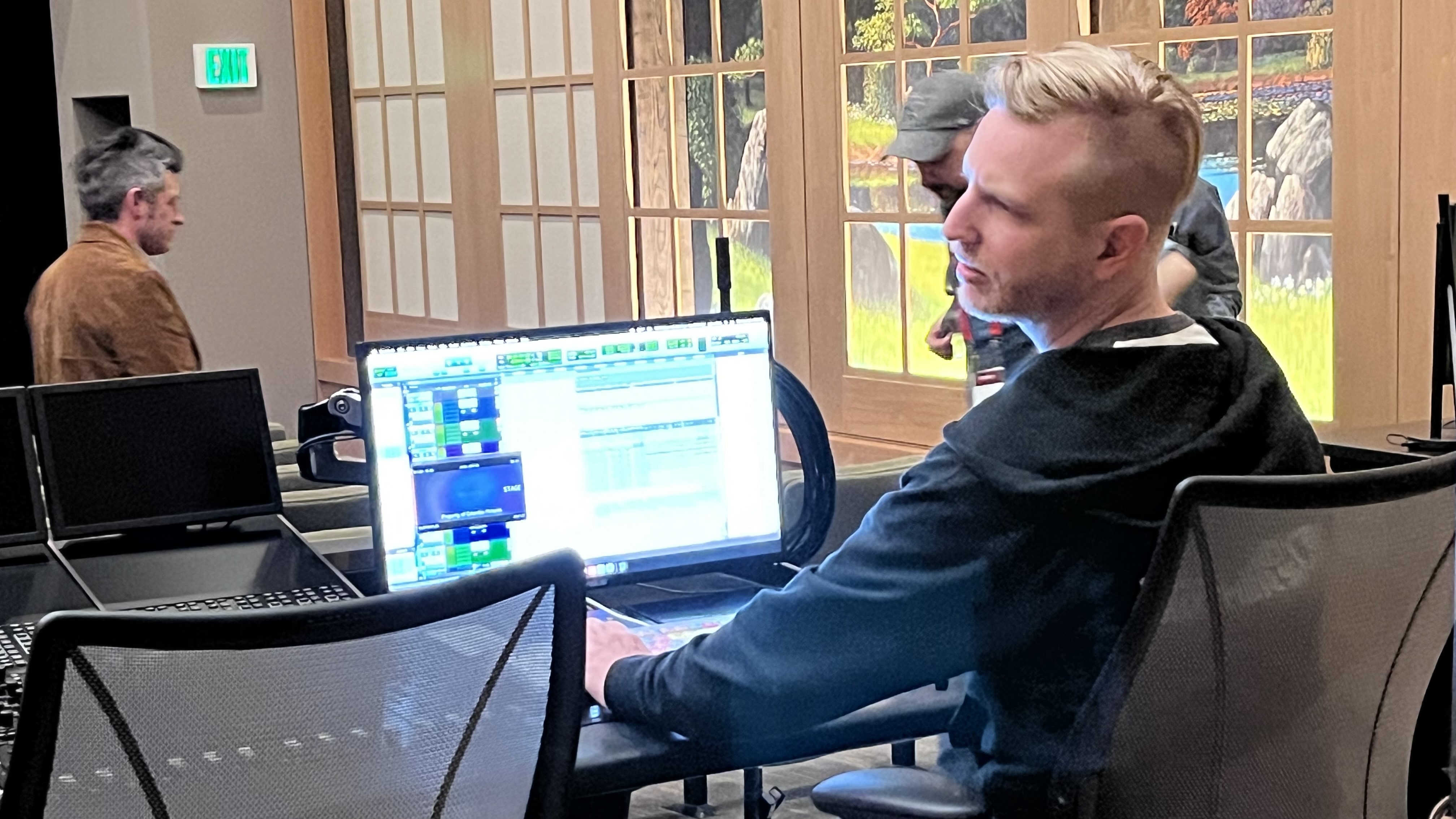
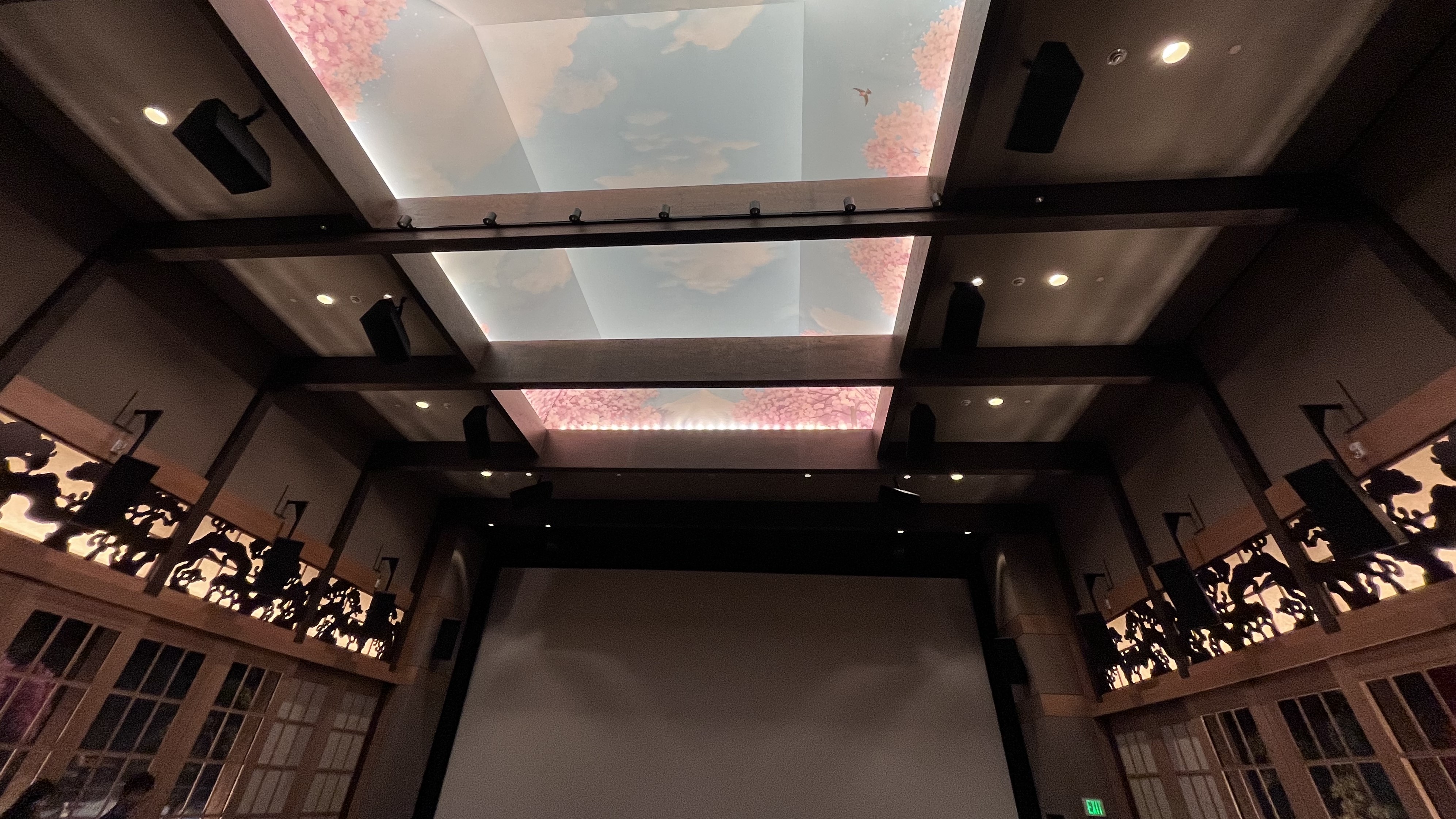
Soundtrack mixing
After all the sound effects creation, ADR, and music scoring work is complete, the soundtrack is ready to be mixed. The large room – a space with Japanese garden-themed decor – where Sony’s soundtrack mixing demo took place was one of 14 mixing rooms at the studio, and was a medium-sized mixing room according to Sony. Even so, it had a total of 38 speakers for mixing soundtracks in Dolby Atmos. (We were told during the demo that all soundtracks are also later mixed in a smaller home theater-type space for an Atmos home video release.)
Using the Spider-Man: No Way Home (2021) soundtrack for the demo, Sony sound mixer Jeff Gross played the multiple tracks in the mix individually so we could hear them in isolation. The demo also alternated between a full soundtrack mix and just the Dolby Atmos height effects, allowing us to hear how much Atmos effects contribute to a soundtrack. Short version: a lot. Coming away from the experience, I had a renewed appreciation for immersive soundtrack formats like Dolby Atmos, and of the importance of reproducing Atmos soundtracks adequately at home.
It’s not every day you get to wander around a legendary Hollywood studio and watch people at work making movies. I may have been there to check out the new Sony TVs and soundbars, but I also got to experience movie soundtrack production, which is a more magical, intense, and involved process than I ever imagined.
You might also like...

Al Griffin has been writing about and reviewing A/V tech since the days LaserDiscs roamed the earth, and was previously the editor of Sound & Vision magazine.
When not reviewing the latest and greatest gear or watching movies at home, he can usually be found out and about on a bike.